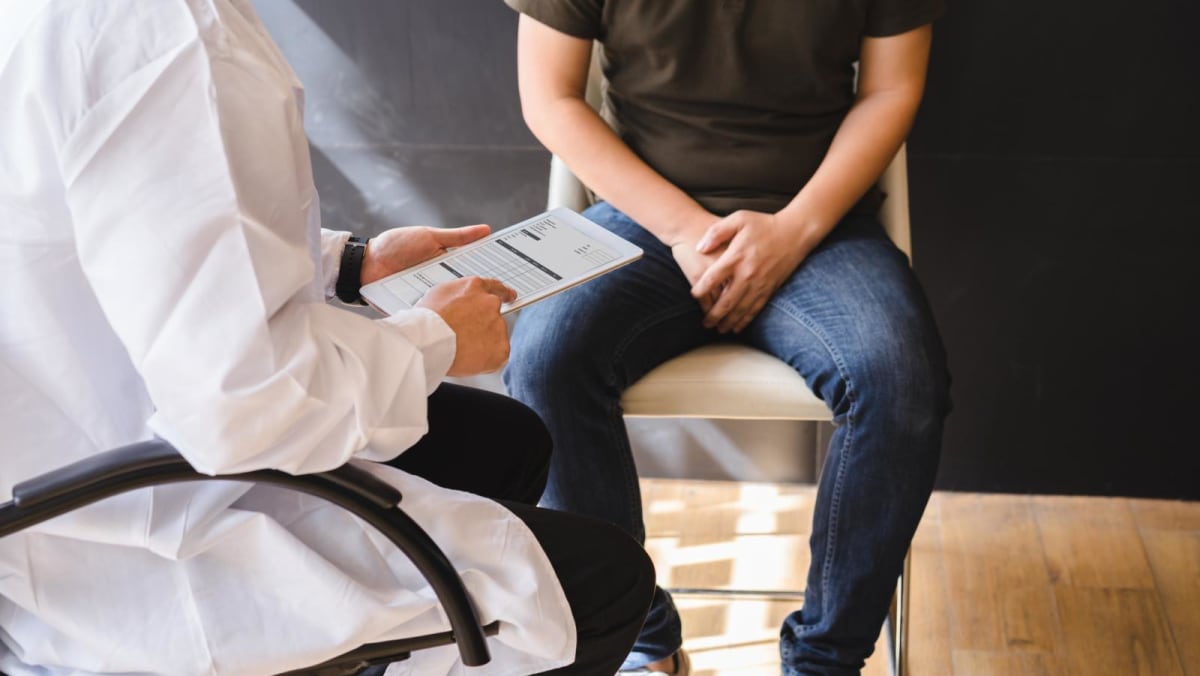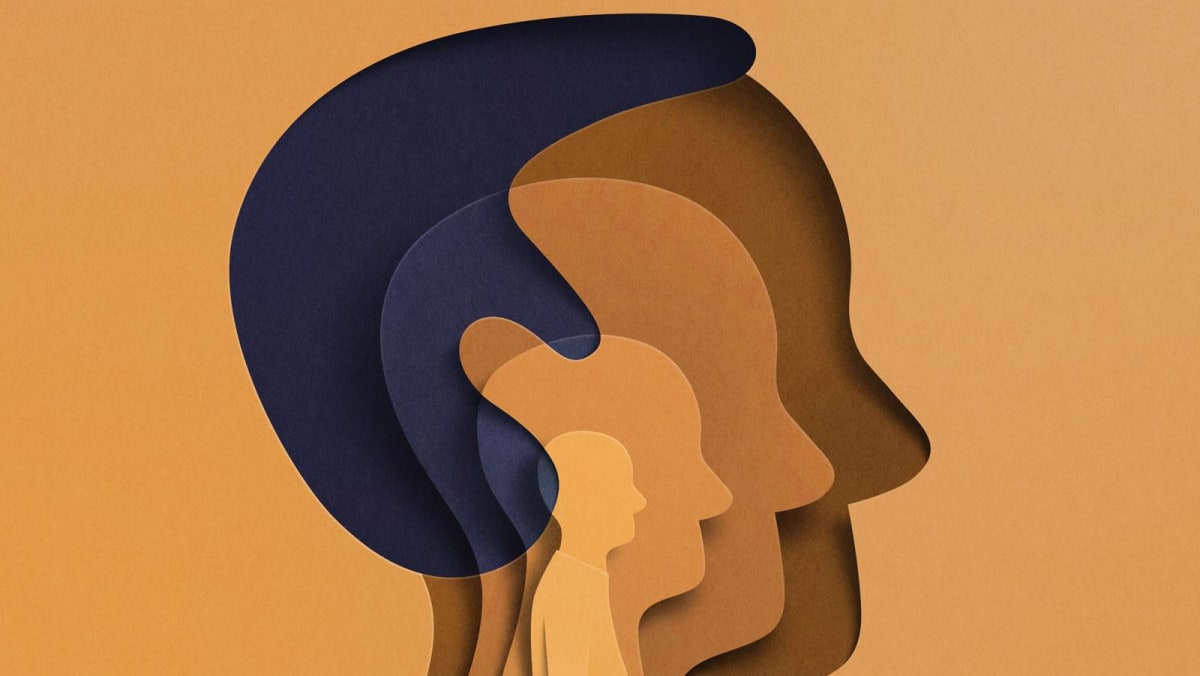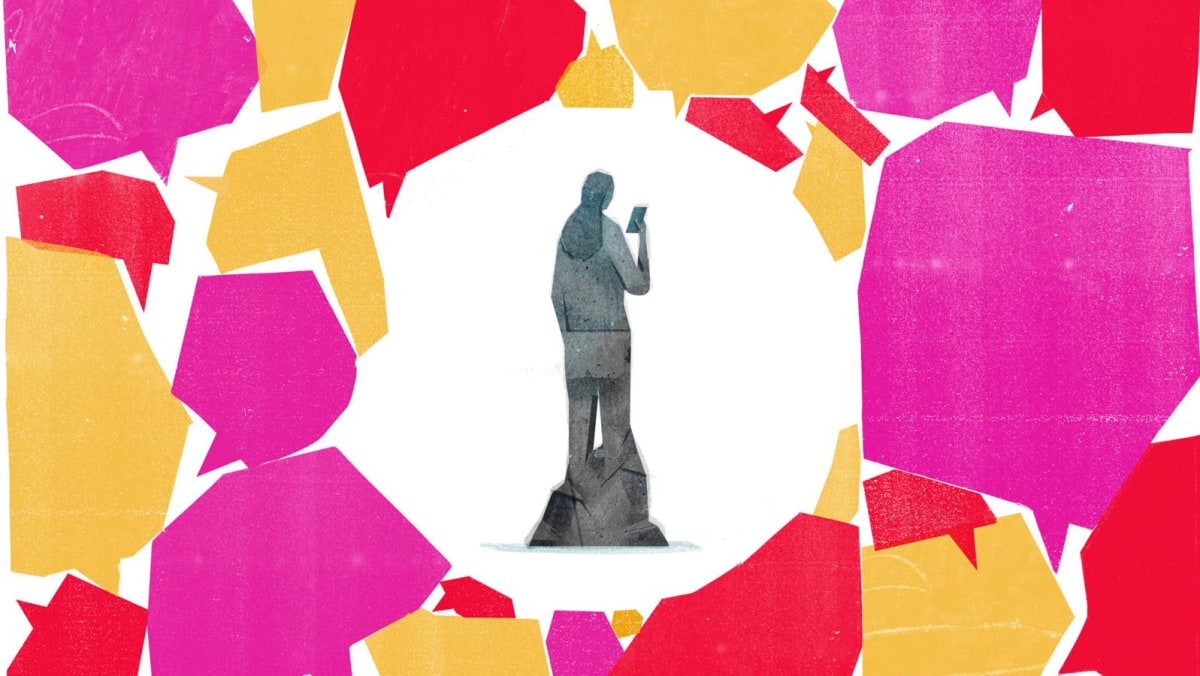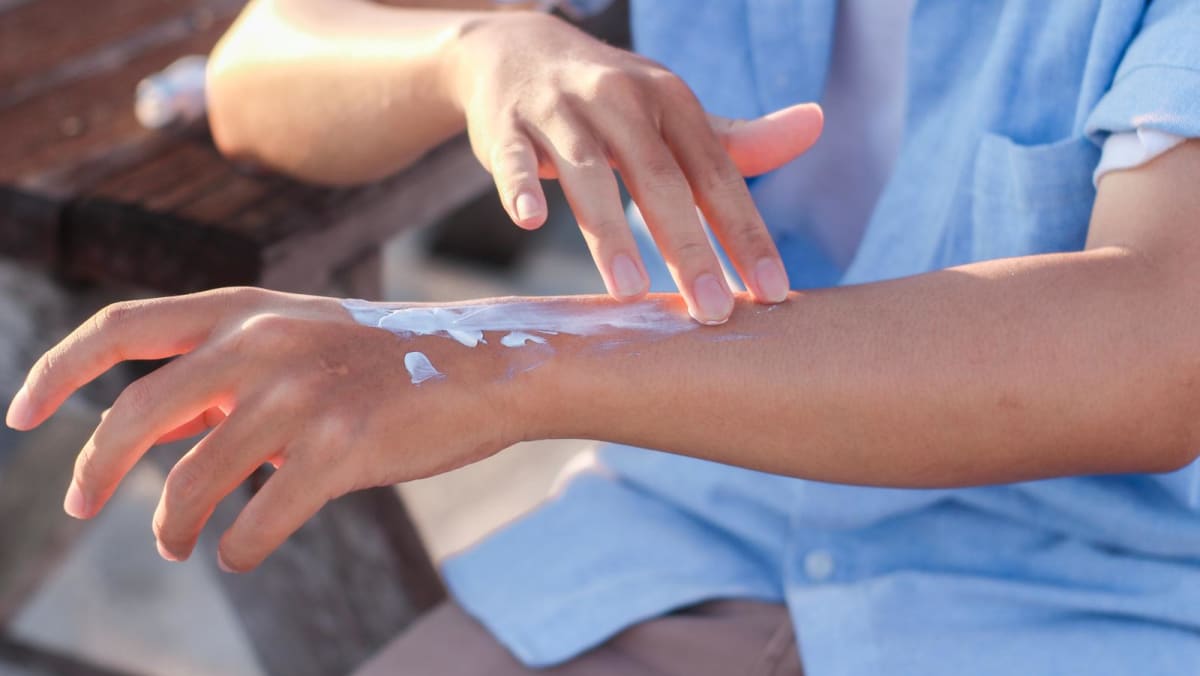The affected testicle may also be higher than the other one and lie horizontally in the swollen scrotum, according to Dr Chong Weiliang, a consultant with National University Hospital’s Department of Urology. Other symptoms may include nausea and vomiting.
HOW COMMON IS IT AND ARE YOU LIKELY TO DEVELOP THE CONDITION?
Testicular torsion can occur at any age, said Dr Aslim, but is most commonly seen in two age groups: During infancy and between 12 and 18 years old. “In adults, we occasionally see these cases in young men presenting to the emergency department, perhaps fewer than five per year,” said Dr Aslim.
Dr Lim’s department has attended to close to 20 cases of testicular torsion in the last two years. “Five of these cases required the removal of the affected testis,” he said. According to him, testicular torsion usually affects one testis at a time and it’s often the left testicle, he said, citing a 1998 paper on 670 patients in the UK.
Dr Chong also mentioned that cases are “relatively uncommon” and sees an estimated one or two cases a month. “From historical data, patients with such a predisposition would have mostly presented by the age of 25, though outliers can present later.
“One big factor,” he continued, “which predisposes patients to testicular torsion is the laxity of the attachments between the testis and the surrounding scrotal walls.” This allows the testis to move more than usual.” According to him, the laxity can affect both testes.














